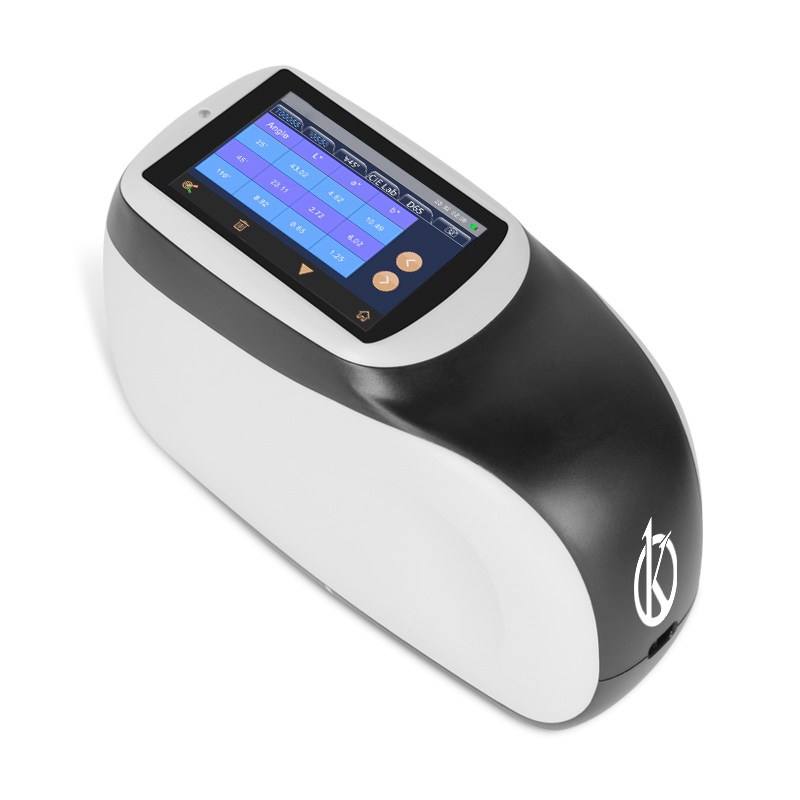Spectrophotometry is one of the last frontiers, which is open to laboratory analysts. This indispensable chemical analysis technique is used to determine the amount and absolute concentration of a given substance in a given sample. It is a useful technique to study the absorption and emission of light in a sample, which produces readings of different wavelengths. Due to the increased exploitation of natural resources, controlling the amount and concentration of compounds is the primary objective of spectrophotometry.
Laboratory spectrophotometry uses visible light, UV, laser, and other light sources to measure the compounds in a sample. This technique is used to measure a variety of compounds, such as citric acid, pharmaceutical active ingredients, metals, metallic metals, etc. This is used in many areas such as agriculture, food industry, pharmaceutical industry, biotechnology, geology and others.
What can you do with spectrophotometry in the laboratory?
Using laboratory spectrophotometry methods, the absolute amount and concentration of a compound in a sample can be measured. This is done by measuring the different wavelengths of light emitted and absorbed by the sample, known as the absorption and/or emission peaks. These peaks can be read in detail using a specialized laboratory spectrophotometer, which stores data on a computer.
To maximize peak reading accuracy, the laboratory spectrophotometer is adjusted to optimize sample sensitivity. This is done by regulating several variables, such as sample cell size, aperture size, optical barrier, wavelength, and mode of operation. The spectrophotometer is also adjusted to limit system noise and interference. These settings increase the accuracy of the measurement.
One of the main benefits of laboratory spectrophotometry is its ability to detect compounds through the absorption and emission of light. This allows even the smallest compounds to be detected in a sample, resulting in accurate measurements. Spectrophotometry also offers the added advantage of being able to handle larger samples for even more accurate results. In addition, the data obtained are reliable and reliable.
What are the big challenges of spectrophotometry in laboratories?
However, like many laboratory techniques, spectrophotometry presents some challenges. As mentioned above, the accuracy of the measurement depends on the settings of several variables in the system. If some of these variables are not set correctly, the results will be inaccurate. This requires some experience and technical knowledge to achieve the best results.
Equipment installation and maintenance costs must also be considered, which is always a challenge for small laboratories. In conclusion, laboratory spectrophotometry provides a number and concentration of precision measurements for most chemical compounds used in a variety of applications. This technique is useful for measuring chemical compounds in liquids, solids, gases, etc. In addition, the results of the measurements are accurate and reproducible.
However, the technique requires some understanding of the basic principles of spectroscopy and careful adjustment of parameters to achieve accurate results. Despite the challenges it poses, spectrophotometry maintains its position as one of the last frontiers in terms of the many scientific and technological advances that are driving the laboratory analysis industry.
The importance of having a good spectrophotometer
Kalstein is a manufacturer that offers a variety of excellent spectrophotometry equipment for sale, with excellent analytical performance in terms of accuracy and reproducibility, making them an option to consider when buying a spectrophotometer. These equipment are designed to sweep the electromagnetic spectrum from ultraviolet to visible, as they employ deuterium and tungsten lamps as radiation sources, which is combined with the detection power of silicon photodiodes. For additional details, specifications, purchase and pricing, please review the links below: HERE and HERE.

